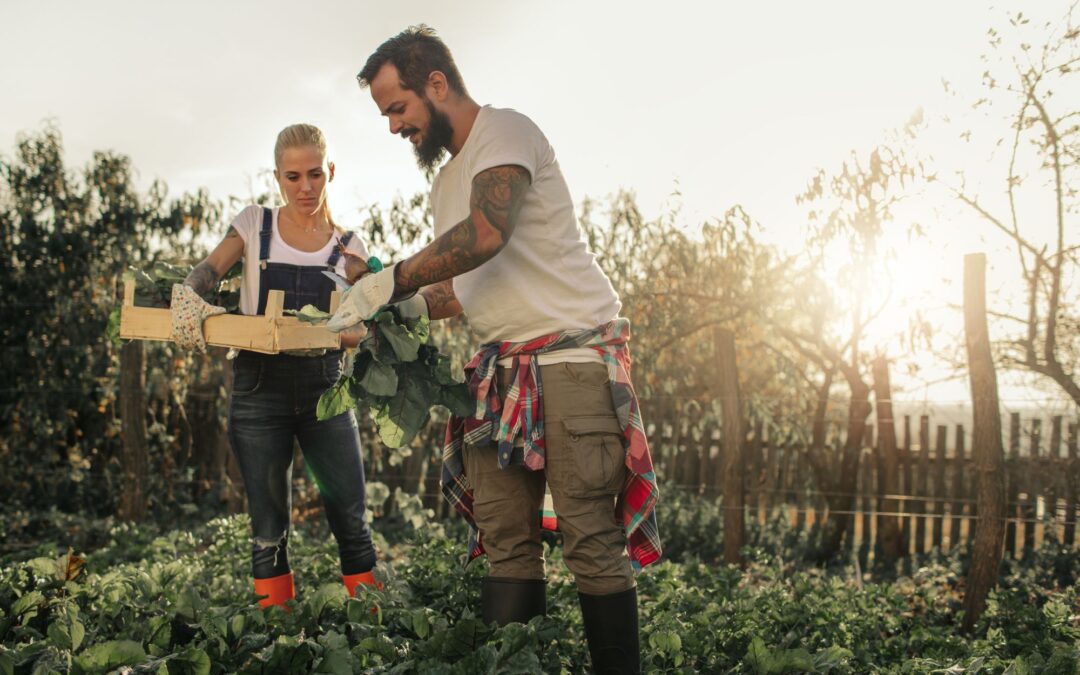Transitioning a conventional operation to organic can at times feel like a daunting task filled with insurmountable obstacles. For many farmers and livestock operators, costs associated with organic certification, profit loss due to mandatory transition periods, and gaps in the organic supply chain can make pursuing organic certification feel like a futile endeavor.
While it’s easy to become discouraged, many of the perceived challenges associated with organic certification can be overcome with planning, ingenuity, and perseverance.
Challenge #1: Organic certification is too expensive.
Perhaps the largest hurdle in the organic certification process is the cost of transitioning a conventional operation to organic. Many farmers and livestock operators worry that organic certification fees will be in the tens of thousands of dollars—prohibitively expensive for all but the highest-profit operations.
The reality is far different.
Most operations pay less than $2,000 in certification fees annually with average costs hovering around $1,200, and financial aid programs and grants can help defray certification costs.
For example, US-based operations are eligible for the USDA’s Cost-Share Program, which pays up to 75% or $750 of certification fees per operational scope. On average, this brings organic certification costs down to $450-$1,250.
Challenge #2: The mandatory three-year transition period leads to lower profits.
The mandatory three-year transition period for land previously operated conventionally can be daunting for many operators. During that period, operators must follow organic standards and regulations but cannot command premium prices typically demanded at market because they lack organic certification.
Many operators worry that their fields will experience a loss of productivity—and thus profitability—during this period.
Their fear is not unfounded. However, planning—and transitioning an operation gradually rather than all at once—can help prevent large loss of field productivity.
Organic agriculture, at it’s core, is about building the health and sustainability of soil. Operators with poor soil health face the greatest challenges when they are no longer able to use synthetic fertilizers and pesticides. Intentionally building soil health prior to beginning the organic transition helps ensure that land remains productive.
Challenge #3: Controlling pests and weeds without the use of synthetics feels impossible.
Weed and pest control for transitioning operators can be particularly difficult. Without the aid of synthetic pesticides and herbicides, pervasive weeds can easily take hold and unwanted guests can take up residence.
Synthetic inputs, however, are an invention of modern agriculture, and farmers ran productive operations long before their creation.
Successful organic operations use a variety of strategies to help control pests and weeds without the use of synthetics. Some of the most important pest and weed control strategies include:
-
- Crop rotation
- Cover cropping
- Flame Weeding
- Tillage
- Grazing
Over time, the use of organic strategies will improve the overall health of the soil, making controlling pests and weeds more efficient each year.
Challenge #4: Gaps in the organic supply chain make selling organic goods unnecessarily difficult.
Organic processors and handlers are vital in ensuring that organic crops and livestock reach consumers. But connecting organic producers (like farmers and livestock operators) with organic processors/handlers, and ensuring the integrity of the organic supply chain, can be challenging.
The Organic Integrity Database can help producers identify organic processors to partner with. Though organic processing/handling operation numbers have lagged behind organic producers, the enforcement of Strengthening Organic Enforcement (SOE) in March 2024 may lead to an increase in facilities capable of processing organic product.

